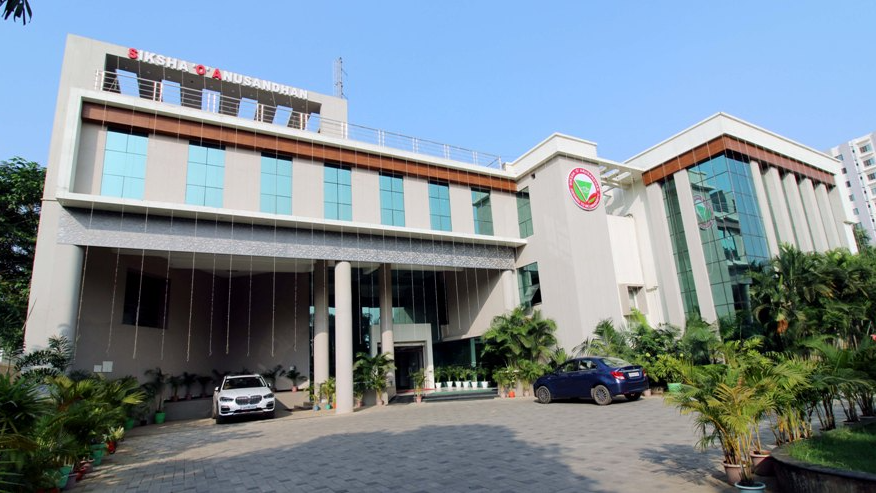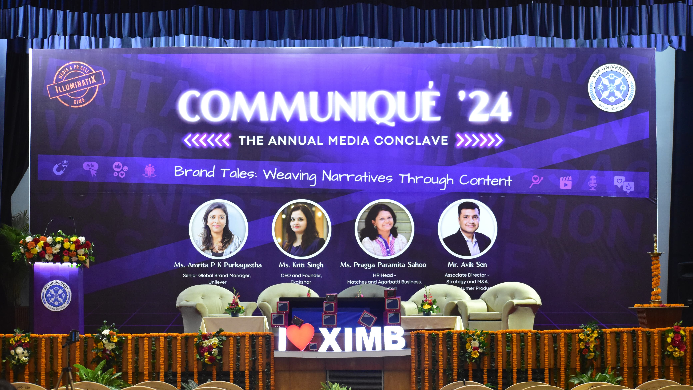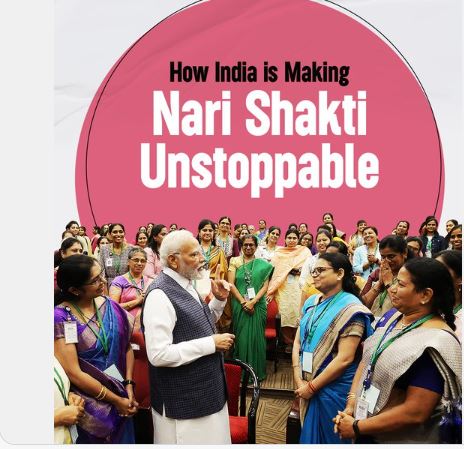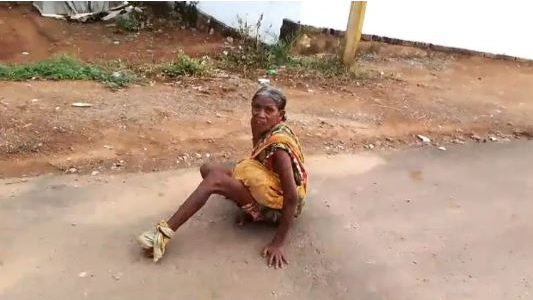New cold war surfaces in South Asia, from eastern Ladakh to Afghanistan
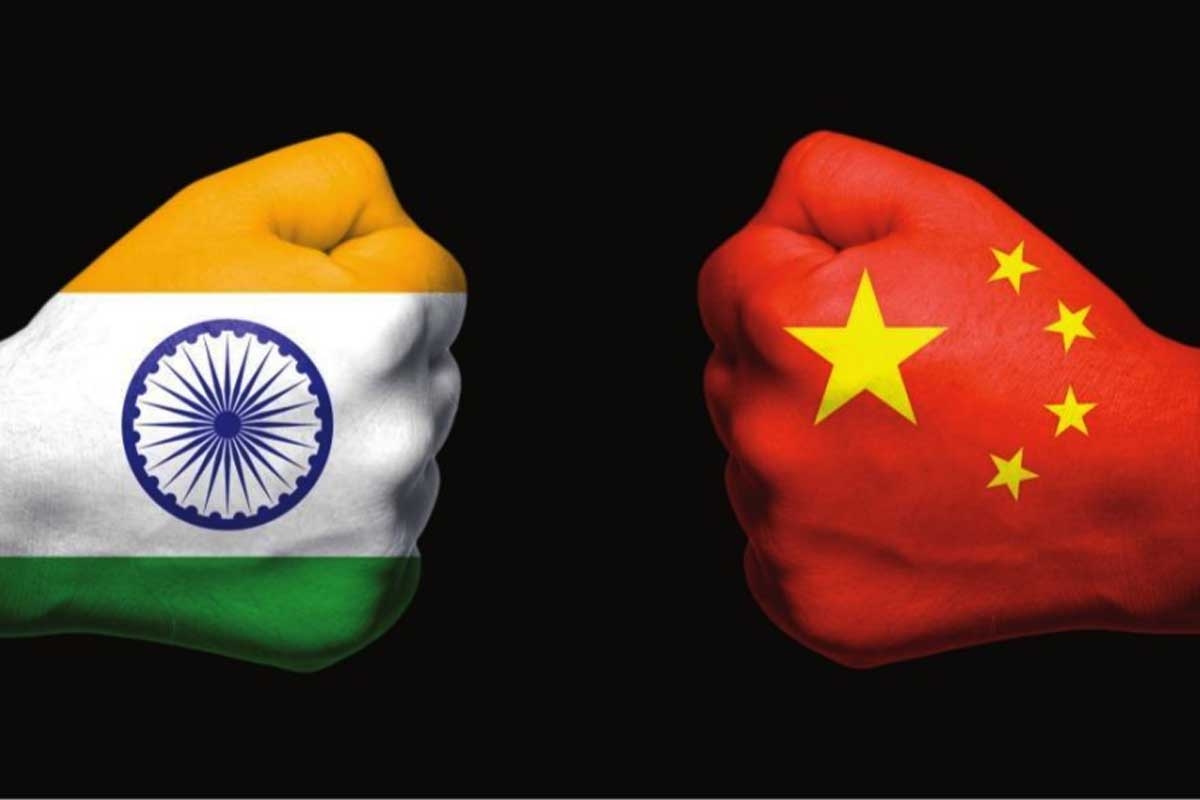
By Arun Joshi The paradigm of standoff between Chinese and Indian troops in eastern Ladakh has changed into a new cold war in South Asia, in which India is facing the expansionist designs of China. These designs have widened the landscape, stretching from the ice-cold Himalayas in Ladakh to the borders with Pakistan. China and Pakistan have brought Taliban on board for their strategic and commercial interests, and the duo is making all efforts to contain India and its influence in the region. India is struggling to retain its influence but the major problem is that there is not only the physical threat on borders, where China, in particular, is trying to alter the status of the LAC or Line of Actual Control. Pakistan, on the other hand, is mobilizing its resources and propaganda against India to trouble it physically and psychologically. It has intensified smuggling of drugs to support and sustain terrorism in Jammu and Kashmir beyond. It is now eyeing Punjab, too. This is the combined strategy of China and Pakistan to lock India into strategic corner. There is a history: China inflicted pain on us in 1962, and we are yet to come out of the trauma of that debacle. Now, China has inflicted pain of newer sorts: euphemistically called “stand-off.” It is a no-war-no peace situation. The violent clashes at Galwan valley in eastern Ladakh in June 2020, when India lost 20 of its brave soldiers, including a Commanding officer, defined mood at the Line of Actual Control in the region. There is a continuing threat of many more Galwans happening in future as well. The severe winter in the high Himalayas where temperatures dip to minus 40 degrees Celsius is no guarantee of clashes not taking place. The troops are on either side are looking for the provocations from the other side and ready to charge at each other. But it is not difficult to imagine who stands to gain by the clashes – Galwan Valley has shown who stands where. China is staring down the Indian side in an offensive manner. There is a clear intrusion. The 1962 syndrome has been further reinforced by Galwan, despite the fact being that it is India of 2021, and not of early 1960s, when the nation was ill-prepared to fight a war. That was reflection of the failure of the Nehruvian policies. Today, the problem is being looked at in strategic locations- Pangong Tso, Hot Springs, Gogra heights. This is misreading of the situation. China has set up two villages in Arunachal Pradesh, damaged infrastructure in Uttarakhand, and is looking aggressively at other areas along the LAC. Still bigger problem is that India and China are locked in a cold war. It has the physically cold features and some of the ingredients which were integrated into the Cold War of post-World-War II in the 20th century. The physical features of this war theatre in the Himalayas are known, but its diplomatic and ideological dimensions, in part, can be traced to the 20th century – based on the theories of expansionism and containment mooted by the two superpowers. The current situation has posed serious challenges in the neighborhood, encompassing the whole of South Asian region plus China. This cold war has extended beyond LAC after the fall of Afghanistan to Taliban in mid-August this year as the American troops were racing to quit the land where they had promised stability and democracy post 9/11 war on terror in Afghanistan. There is a new contest in the region, who controls Afghanistan better than others. All the countries are busy in hosting conferences, deliberating on the future of Afghanistan and its people. China- Pakistan combine have become the advocates for the international recognition of the Taliban regime in Afghanistan. This is a strategic move to buy Taliban , and in return seek unhindered control of Afghanistan’s mineral wealth as also greater control in South and Central Asia. America, on the other hand, after having courted the embarrassing and humiliating defeat, handing over the control of the country to Taliban, is now pleading for the humanitarian aid for the people. It is true that Afghans are inching towards humanitarian catastrophe, but what is not being looked at is that who would control the aid in Afghanistan, where Taliban, blessed by China and Pakistan , is keen to please its commanders and cadre – the general masses are not having access to food, which has become a luxury in these times of distress. Unless there is a political stability in Afghanistan, the humanitarian aid would become a casualty to the greed and capriciousness of Taliban commanders. Now India, which is considered as an ally nicknamed as “ natural partner” of the US is engaged in this contest. It wants to help Afghan people because of its centuries-old toes with them. But China and Pakistan are creating all sorts of hurdles in this effort undertaken by India. With Indian troops facing challenge from China and Pakistan on borders, the political and diplomatic contest in the region has become fierce. These are the ingredients of the cold war, the timeline of which is beyond the calculation of the strategic interest. There is only one fact: new cold war has started in South Asia. About the Author: Arun Joshi is a senior journalist based in J&K. He has worked with Hindustan Times, Times of India, Indian Express, and The Tribune. He has authored “ Eyewitness Kashmir: Teetering on Nuclear War” and three other books. DISCLAIMER This is the personal opinion of the author. The views expressed in this write up have nothing to do with it.
Latest News
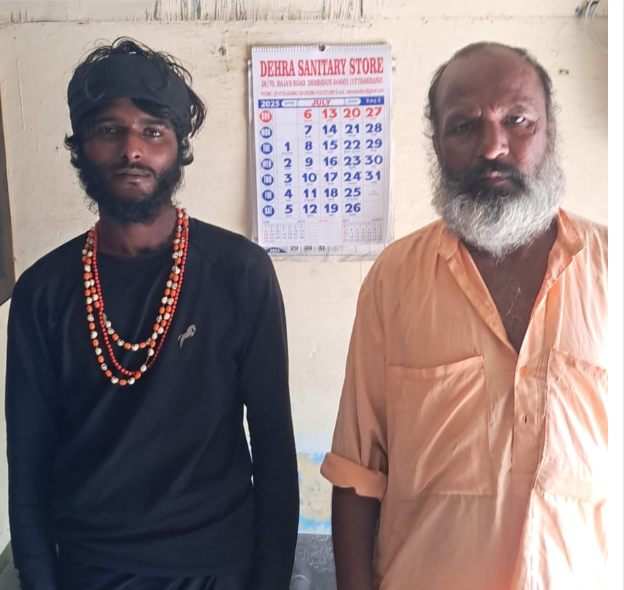
Uttarakhand Launches 'Operation Kalanemi'; 23...

Odisha Govt to bear medical expenses of FM col...
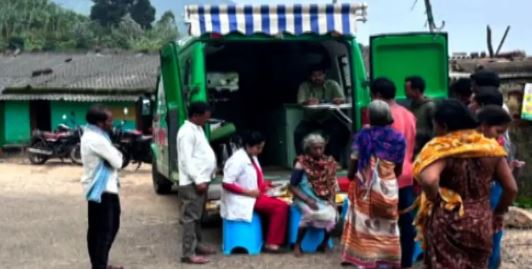
Odisha admin foils Andhra sponsored Mobile hea...
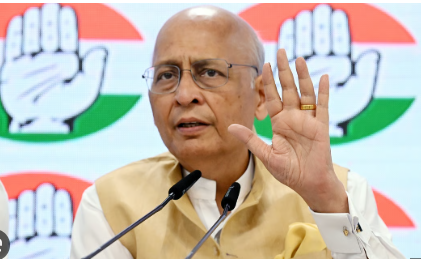
Congress flags five key objections to voter li...

Nightclub owner arrested for molesting woman D...
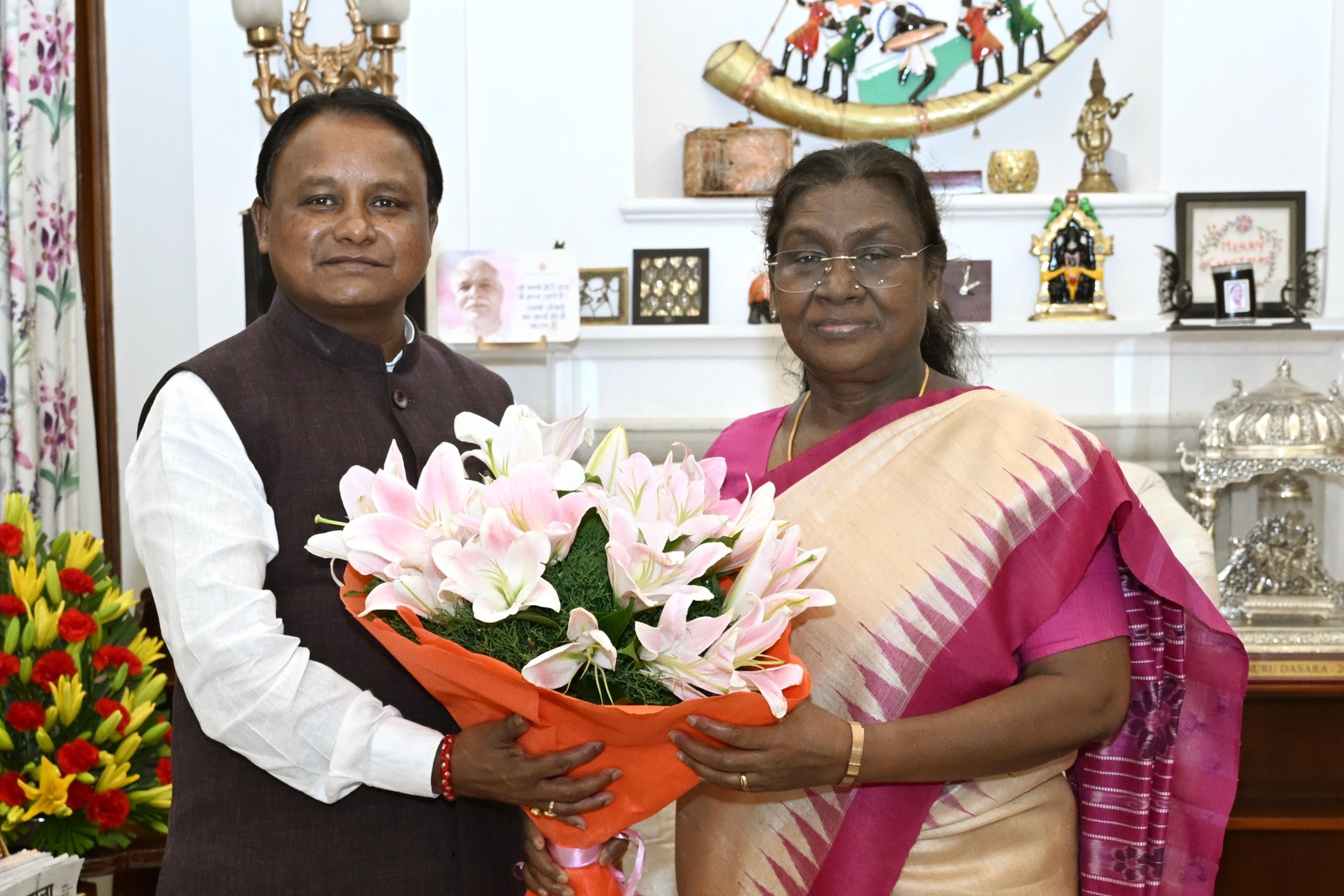
Odisha CM Majhi calls on President, presents O...

UP Police files charge sheet within 24 hours i...
Copyright © 2024 - Summa Real Media Private Limited. All Rights Reserved.









